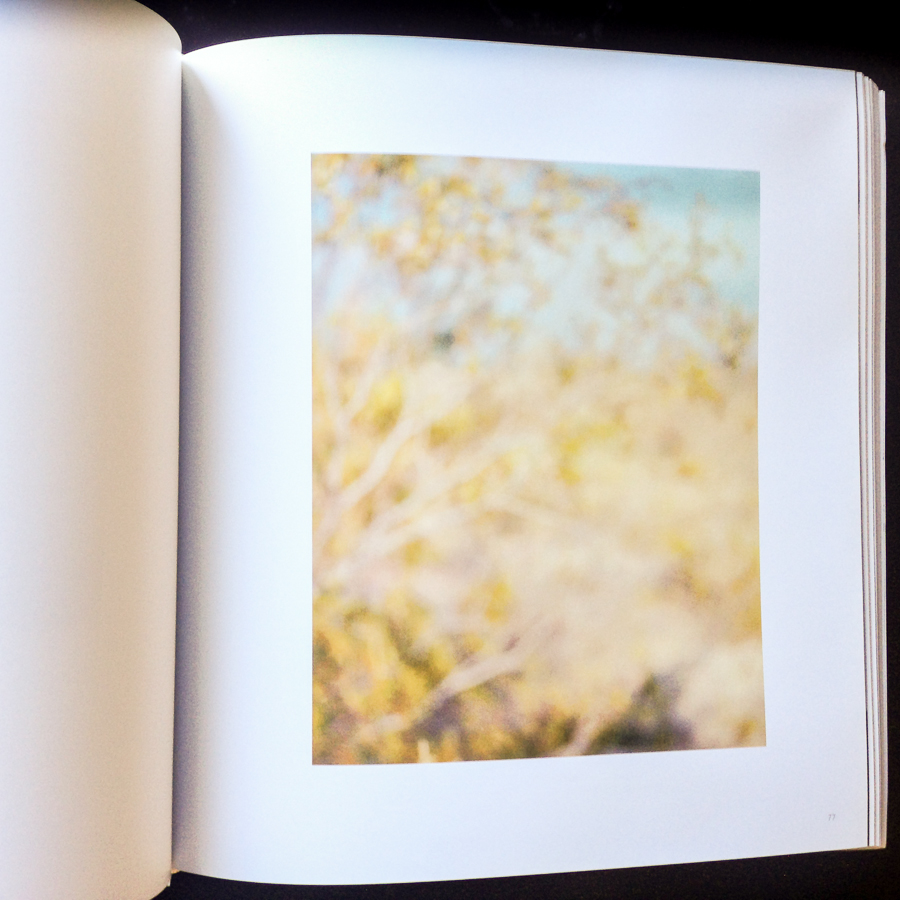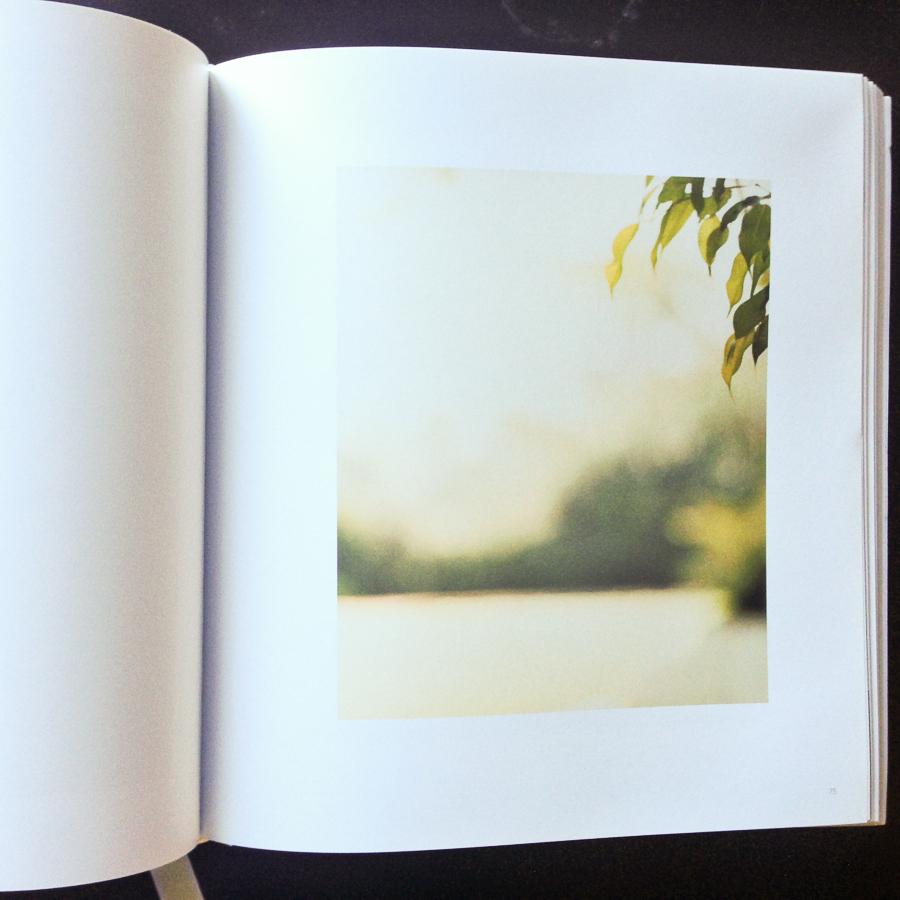Uta Barth – artist more than photographer

Uta Barth is another artist (after Mitch Dobrovner) in my “Exploring the Masters” series who is really a contemporary rather than a “master” in a historical, retrospective sense. I stumbled upon her by lucky accident. In fact, I learned about Uta Barth from episode 59 of “On taking pictures”, one of the photography podcasts I regularly listen to. A recent MacArthur award winner, I was intrigued by her work I saw by doing a quick search on-line. Especially by the series of photographs of light and shadow created by the curtains on the wall. I wanted to look at more of those pictures. To study how many images and how diverse work can be created if you limit yourself to just shooting, basically, your window fixtures, or by staying within the walls of your living room.

I grabbed a stack of the books from the library and dug in. I really enjoyed it, but it also turned out to be an eye opener. First, I learned very quickly that her work is not about photography at all. The realization that for Uta Barth taking a photograph is the beginning of the artistic process was something very new. And while I might not understand the need of turning image red or posterizing them, just this thought that there is something more to be done with simple image recorded by the camera was a lesson learned.

Additionally, her images are not documentary by no means, oftentimes, out of focus or with no clear/distinguished subject. It is such distinctively different from utilitarian/commercial work for example by Irving Penn. Uta Barth pictures are not about any subject. They are about something else, probably for her and her critics about some artsy interpretation of the world how artist sees it, which is not the part I am not really interested in. What interests me, however, is how beautifully her work represents the basics of photography- the light, color and shape. Just look at the example spreads from her photo books. There are many images I wouldn’t mind hanging on my walls. I am drawn to abstract qualities of many of her images (not those red and posterized, though).

Another thing that made me stop and think about after spending hours looking at Uta Barth work is how many images were not at all impressive as single photographs. They were coming to live as series or gallery installations (there are few photos of exhibit walls in “The long now”. It is just another argument for finally taking my butt and trying to work on the projects, to combine photographs and create soemething better, deeper characterizing the subject.
Looking at work by Uta Barth was a great experience for me. There were a lot of things I never thought about in terms of photography as art, not utilitarian or documentary. And looking at her work made me understand better the distinction. Now I look differently at some of the work featured for example, on Faded & Blurred – while previously when it didn’t look like anything I recognize, I was moving on. It is like I discovered a whole new world of photography, the art of photography.
Selection of Uta Barth photography books:
To see more posts in “Exploring the Masters” series visit the summary page.

Some links in this post are affiliate links. See details of our affiliate policy here.